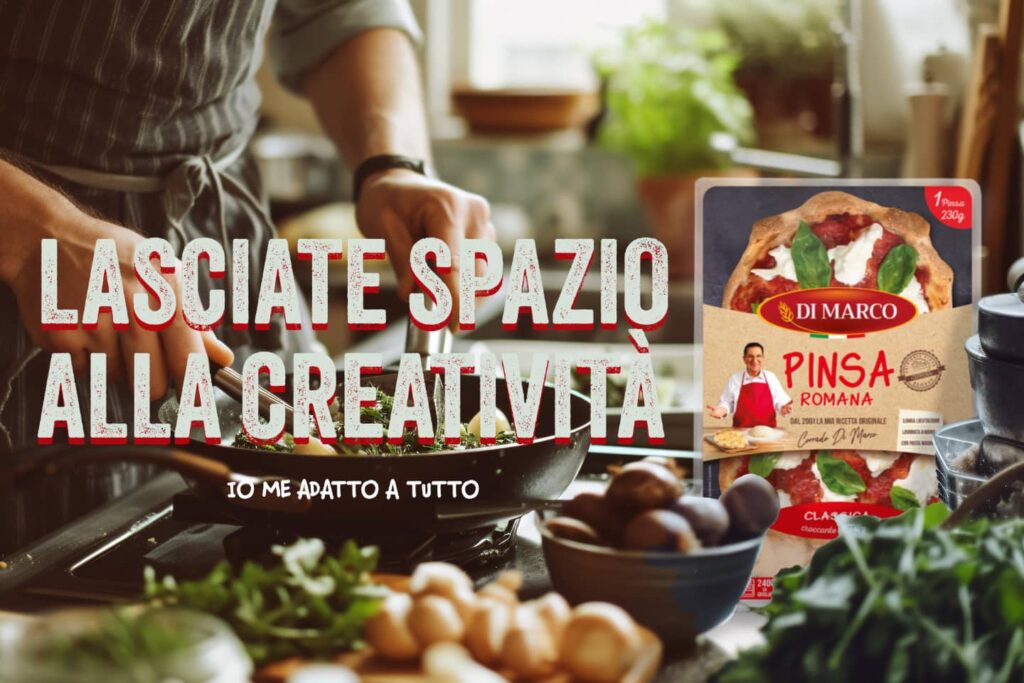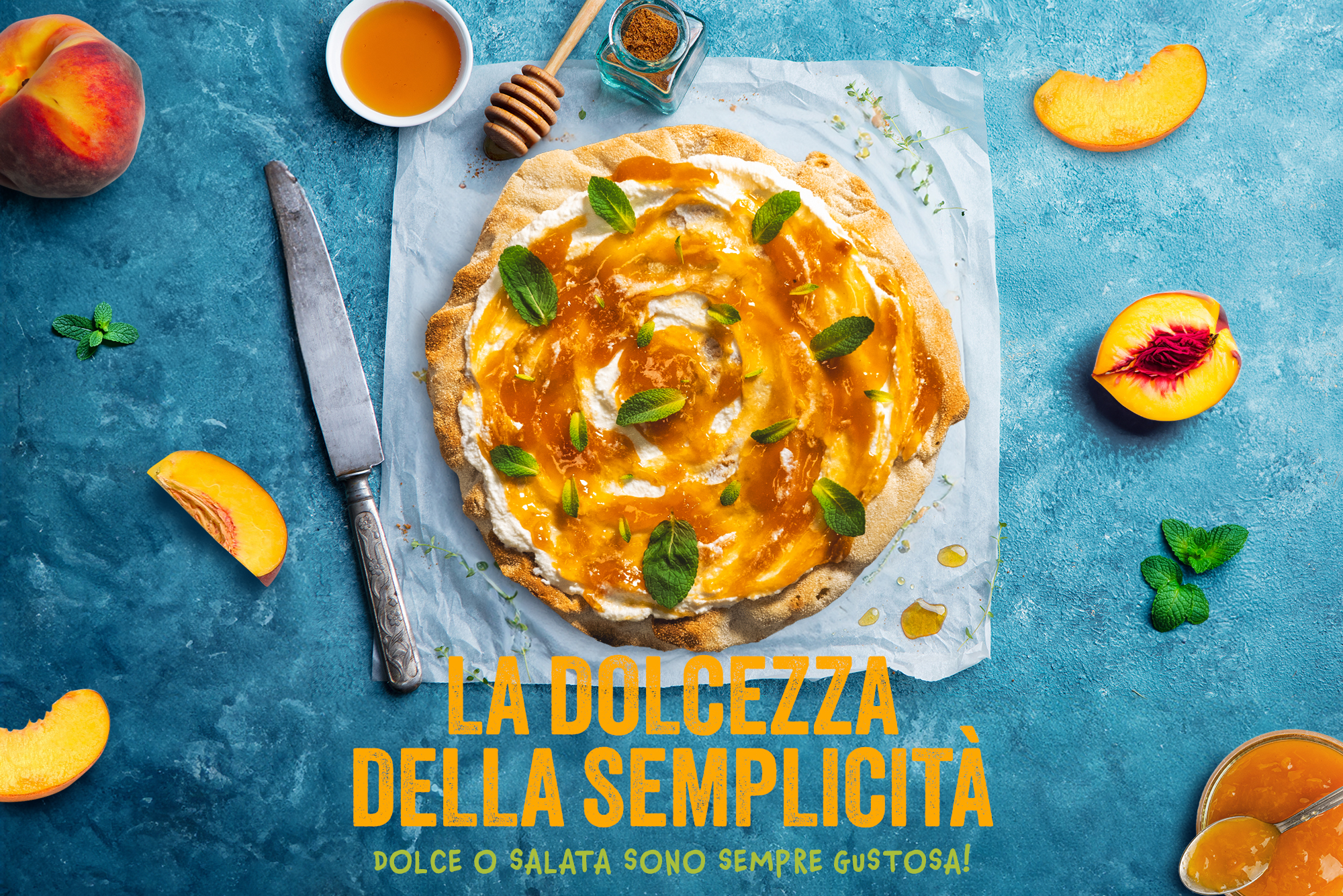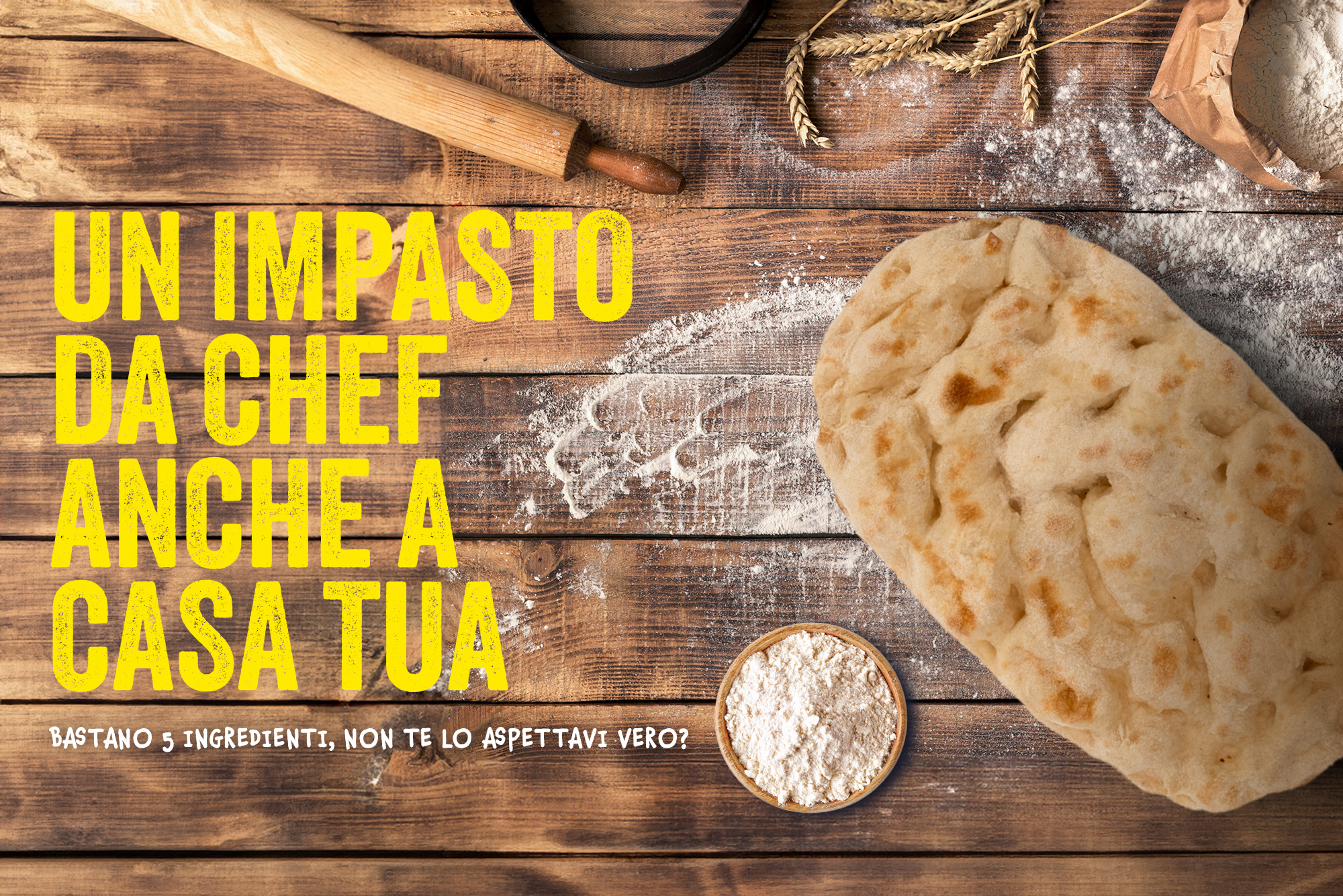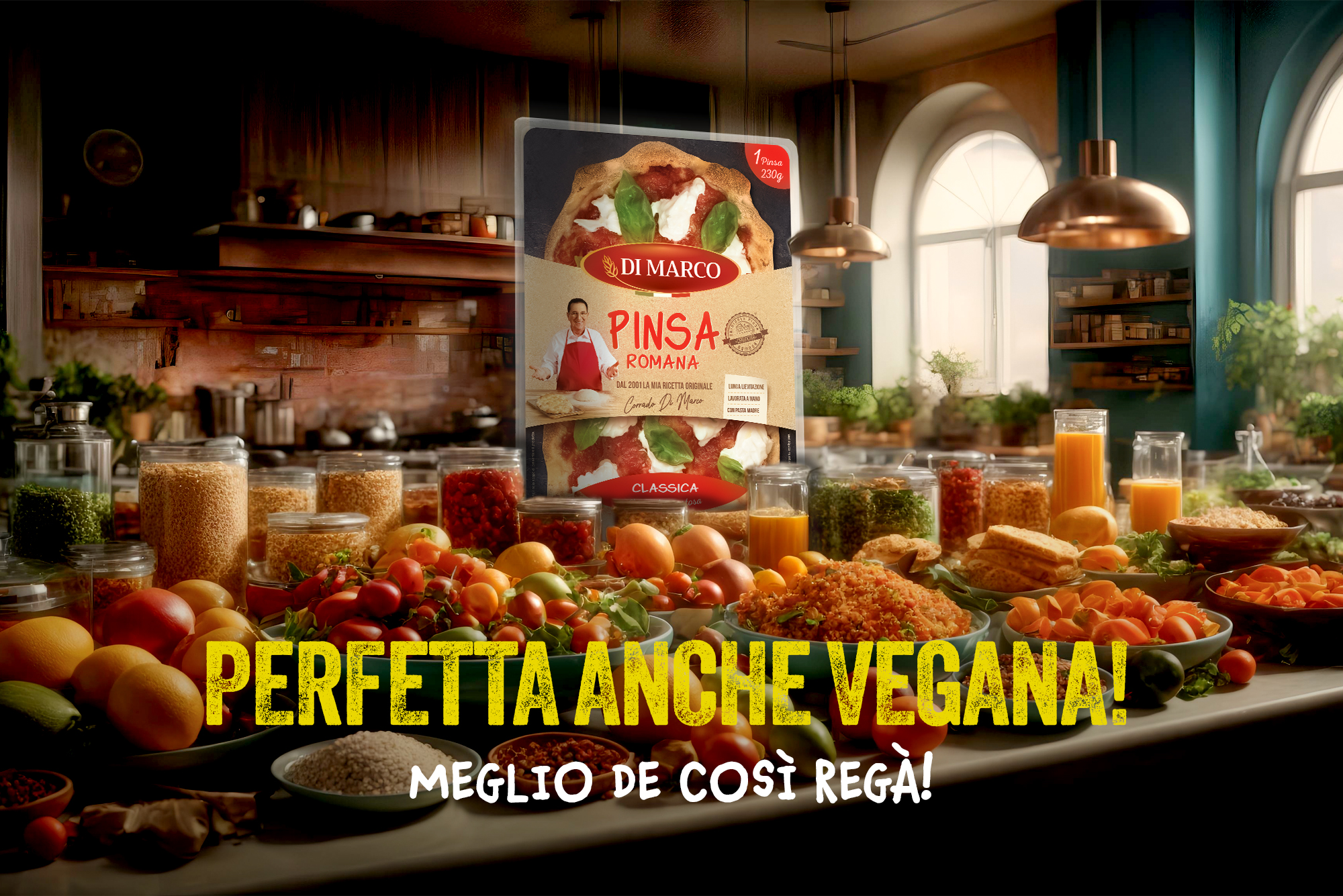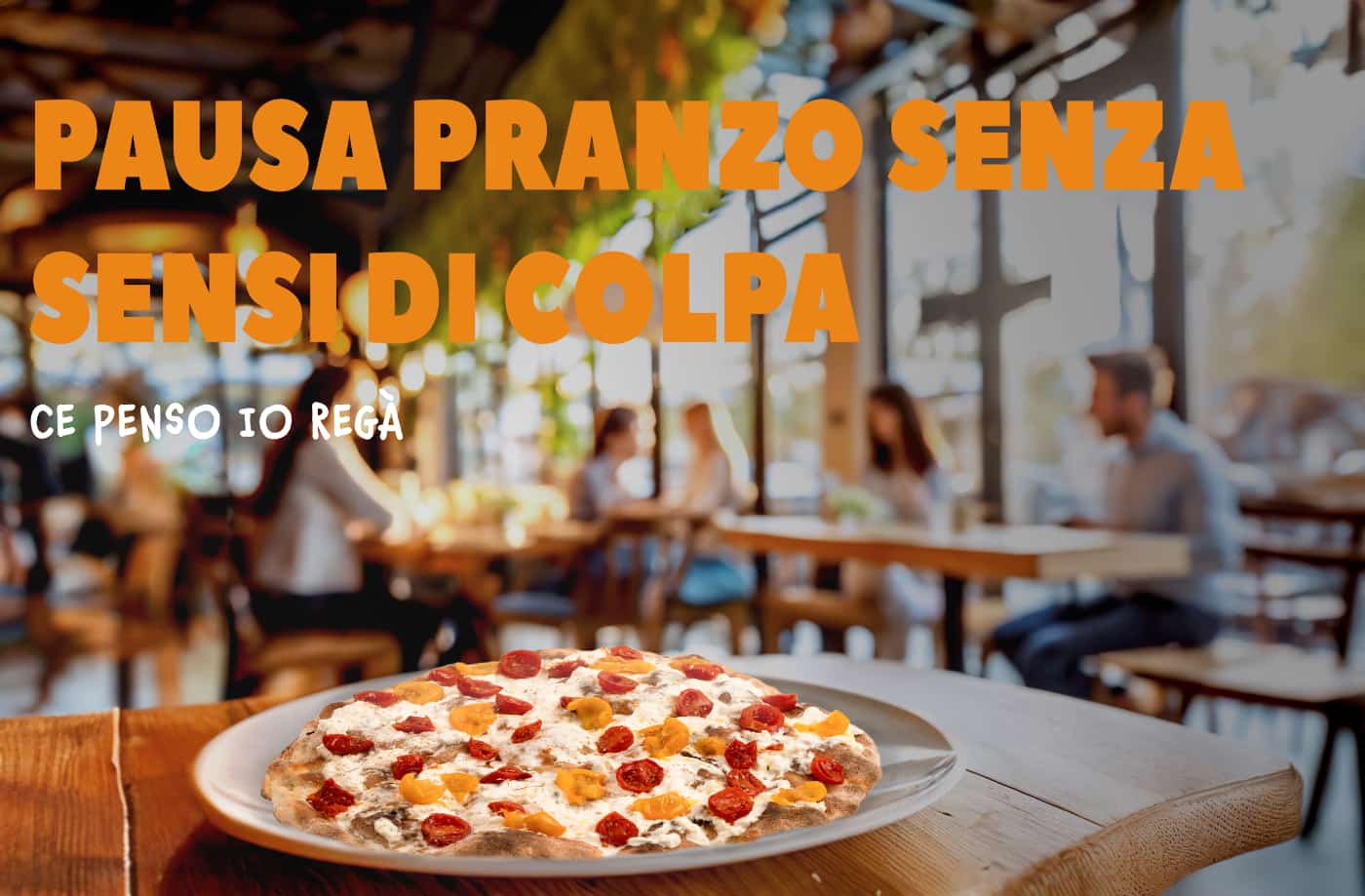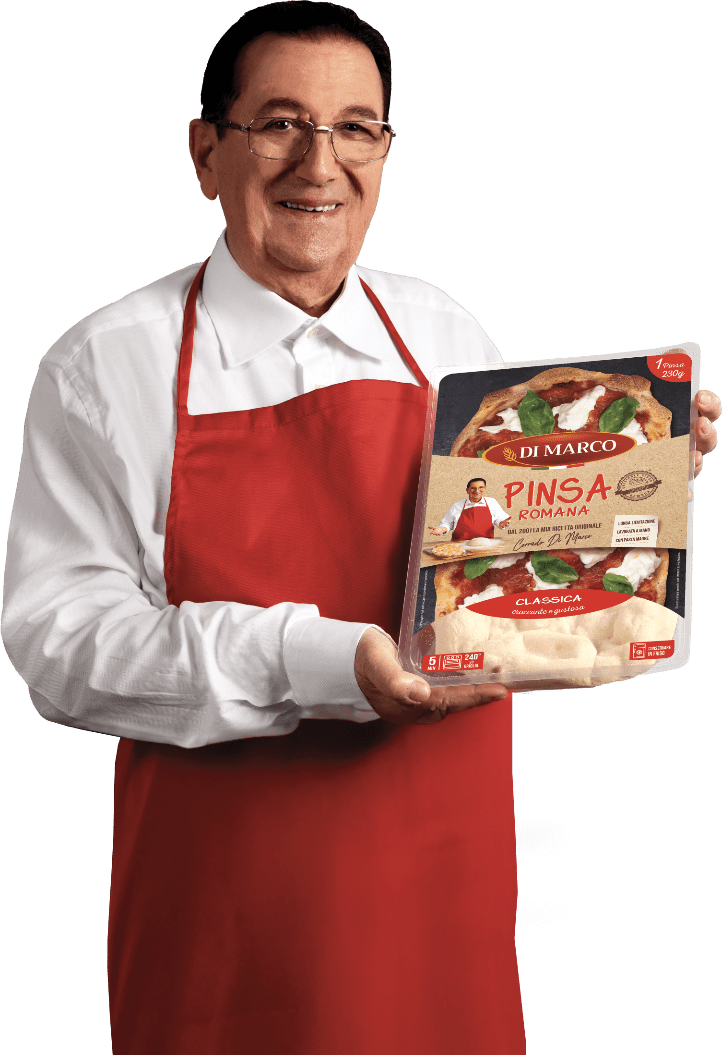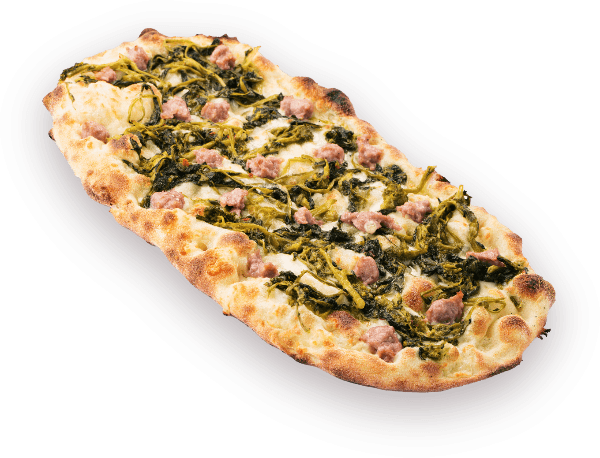Pinsa allows you to experiment without requiring special and complex techniques. It is an excellent product, known also for its versatility, which is why it is a perfect match for creative personalities, with those who appreciate the goodness of a traditional recipe but also want to put «their own» spin on it. Let’s explore how to do it, with some creative recipes. Or rather, with some creative suggestions.
Understanding creativity in the kitchen
First, let’s delve into what creativity means in the kitchen and how to be creative without overdoing it. Creativity is a human skill that, through the combination of existing concepts and information, makes us produce something new and unique. In the kitchen, being creative means stepping out of the comfort zone and established recipes, transforming common ingredients into novel gastronomic experiences. Creative recipes are precisely those that go beyond the safety perimeter.
Being creative means taking risks. People, who by nature are risk-averse, usually prefer to improve their dishes little by little, refining the dosages of ingredients, adding or removing something.
There is creativity in this too, but truly creative individuals take more risks because they want to create something unique by drawing on their knowledge, sensibility and vision.
Cultivating creativity
Creativity is a gift, but it cannot be left to chance. It is necessary to channel this strength and enhance it through a combination of skills, techniques and a deep understanding of the ingredients. Otherwise, one must rely on chance rather than creativity to create something good, and that is certainly not our goal.
In addition to mastering culinary basics and preparation techniques, to be creative one must develop sensitivity to the balances between flavours, textures and presentations. It is a process that involves mind and heart, and it is strongly conditioned by experience, because only a deep knowledge of combinations that have already been tried and even mistakes that have already been made can make us imagine something unprecedented, fascinating and, above all, delicious.
With these premises, it really is possible to turn the kitchen into a laboratory for experimentation, where every ingredient is the potential protagonist of a novel culinary experience.
Pinsa is perfect for unleashing creativity
Pinsa, with its light texture and unique crunchiness, serves as a blank canvas for painting the best creative compositions.
Unlike pizza, pinsa is less bound by traditional rules. Pinsa means innovation, it is a product that intrigues because not everyone knows about it – not like pizza, at least. It can therefore be associated with a modern, creative cuisine that does not disdain tradition but also wants to bring something new, a novel perspective, a combination that works and that no one had thought of. Cooking a pinsa margherita means playing it safe – and there is nothing wrong with doing so – but the product’s special characteristics are certainly not exploited to the fullest.
And then there is the matter of versatility. Whether it’s a sweet breakfast, an appetizer before lunch, an accompaniment, an aperitivo, or a snack, pinsa fits every occasion. This flexibility translates into an advantage for creative minds because it allows them to range anywhere, focusing on experience and taste; adapting the product to any occasion will be super easy.
Creative pinsa recipes, or rather … creative tips
Let’s get practical now. How to create a creative recipe with pinsa? We could list dozens of recipes that deviate from tradition, but these would still be hypotheses that have already been tried, tested and improved. We would risk contradicting what we have written so far:
Being creative means going beyond the pages already written and experimenting with new ingredients, flavours and combinations. Given the above recommendations, creative recipes with pinsa are an invitation to break traditional rules and open up to new gastronomic possibilities, guided by inspiration.
We then prefer to give some tips on how to stimulate creativity in the kitchen and create original recipes, and then suggest some unconventional ingredients to break out of the box.
Explore new flavours
Creativity means experimenting with unconventional ingredients and seasonings. Pairing unexpected flavours can result in surprising, unforgettable combinations.
Play with textures
Stimulating creativity also means varying the textures of ingredients skilfully. A mix of crunchy, creamy and soft textures can make each slice unique. Pinsa is already a mix of softness and crunchiness, so it’s just a matter of enhancing this gift with the right ingredients.
Innovate with sauces
Spend equal amounts of time discovering the dish’s main ingredients and coming up with creative sauces. These will play a key role in taste and presentation. A creative sauce can completely transform the experience.
Colour and presentation
Appearance is important. Experiment with the arrangement of ingredients on the pinsa to create a dish that is not only delicious but also visually appealing. The eye is particularly sensitive to colour combinations.
Look everywhere for your inspiration
Creativity is not pure fantasy. You need inspiration, and you can find it beyond the local cuisine. Successfully blending elements of different cultures is not easy, but it can be successful.
If in doubt, collaborate
Involve friends or family in your experimentation. The recipe and the creativity are your own, but listening and considering different perspectives can lead to unique combinations. Then again, you may not be the only creative person.
Now, let’s identify some ideal ingredients to amplify creativity in pinsa recipes. With one recommendation: they are almost always refined and special products that are not always part of our tradition. Being creative with unfamiliar products is not advisable: it is better to start cautiously, learn about the ingredient and its potential, and then launch into creative experimentation.
– Exotic fruits such as mango and pineapple;
– Unusual cheeses such as smoked burrata or a Bleu d’Auvergne;
– Dried fruits: walnuts, almonds or pine nuts;
– Fresh herbs such as basil, cilantro or parsley;
– Exotic spices, including za’atar, sumac and paprika.
The result will be excellent, we are sure. Because experimenting, playing with unusual flavours and embracing originality not only enriches the palate but makes every moment at the table a memorable experience.

